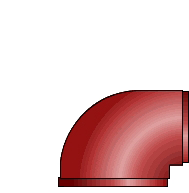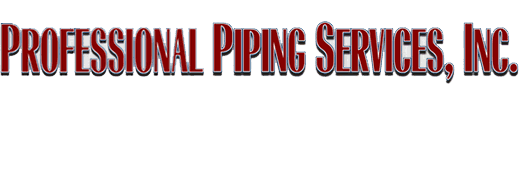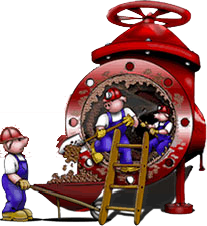- Depending on circumstances, it is usually done in 8-10 hour increments with the system disinfected and restored for normal potable usage after every shutdown period
- The cleaning process is set up so that it can be immediately restored to service if that need should arise, (fire protection for example)
- Planned notification of all consumers with instructions on how to cope with the temporary disruption of their water service is always an important part of the process
- Although strongly influenced by the size(s), age(s), interior condition(s) and reliable mapping, a lot of piping can be cleaned in a short time period, (a mile in one cleaning span is not unusual).
- It is advisable, though not necessary, to start the cleaning process at the primary source of supply so that the expensively treated water will be transported into the system through clean conduits!
- The misconception that once cleaned, the former dirty interior condition of a potable water system can be recreated over time does not reflect present day reality. Compliance with current water quality standards precludes water leaving a treatment facility where dirty interior conditions could be reproduced!
- However, properly and expensively treated potable water leaving a plant to be delivered to the end users through "dirty" conduits is another story!
- As cleaning a system will usually require identification, operation and the location of its valving, many "lost" or malfunctioning valves can be "found" as well as mystery connections, piping locations and size disparity, etc., all of which can result in the updating of the existing information and mapping of the system. Changing the "as imagined" to an accurate "as built".
Certified Underground Utility Contractor
License Number CU-C057357
License Number CU-C057357



